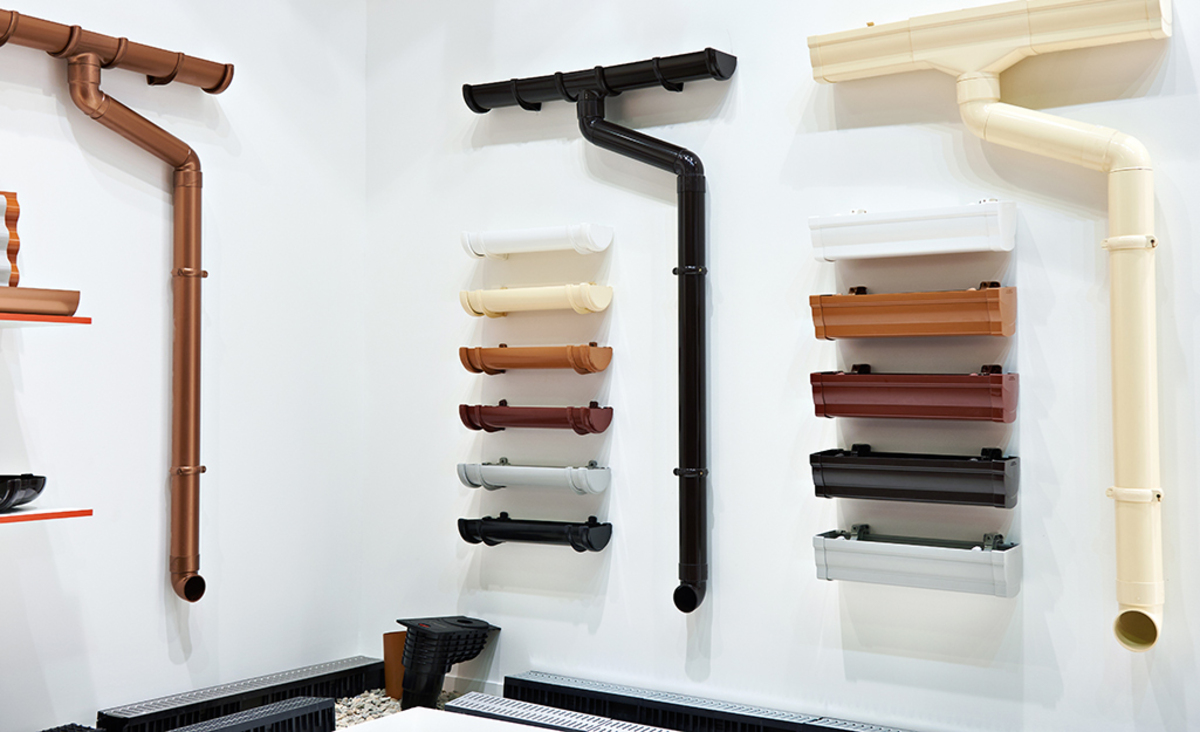

Articles
What Are The Different Types Of Gutters
Modified: January 8, 2024
Discover the different types of gutters and find out which one is right for your home. Read our informative articles to learn more and make an informed decision.
(Many of the links in this article redirect to a specific reviewed product. Your purchase of these products through affiliate links helps to generate commission for Storables.com, at no extra cost. Learn more)
Section 1: Introduction
Gutters are an essential component of any building’s drainage system. They play a crucial role in diverting rainwater away from the foundation, preventing water damage and structural issues. But did you know that gutters come in various types? Each type has its own unique design and functionality, catering to different architectural styles and specific needs.
In this article, we will dive into the different types of gutters available in the market today. From traditional to modern designs, we will explore their features, benefits, and best applications. So, let’s get started and find out which gutter style suits your needs!
Key Takeaways:
- Choose the right gutter style based on your area’s rainfall, building’s architecture, and personal preferences. Consult professionals for installation and maintenance to protect your property from water damage.
- Consider rain chains for a decorative and functional alternative to traditional downspouts, adding a beautiful water feature and gentle cascade effect to your outdoor space. Regular maintenance is essential for optimal performance.
Read more: What Are The Different Types Of Curtains
Section 2: K-Style Gutters
K-style gutters, also known as Ogee gutters, are one of the most popular and widely used gutter styles. Their distinctive shape resembles the letter “K” when viewed from the side, hence the name. These gutters have a flat bottom and sides that curve outwards, providing a clean and streamlined appearance.
K-style gutters offer several advantages that make them a preferred choice for many homeowners. Firstly, their design allows for enhanced water capacity. The flat bottom can hold more water compared to other gutter styles, making them suitable for areas with heavy rainfall or large roof surfaces.
Moreover, the curved shape of K-style gutters makes them more structurally rigid, reducing the likelihood of sagging or bending under the weight of accumulated water or debris. This sturdiness makes them a durable option that can withstand harsh weather conditions and requires less maintenance.
Another advantage of K-style gutters is their compatibility with gutter guards and accessories. The flat bottom and slightly angled sides make it easier to install gutter screens or covers, preventing leaves, debris, and pests from clogging the drainage system. Additionally, K-style gutters are compatible with downspout extensions and other accessories, allowing for efficient water flow management.
K-style gutters are available in various materials such as aluminum, steel, and vinyl. Aluminum is a popular choice due to its lightweight nature, rust resistance, and affordability. Steel gutters provide added strength and durability but require regular maintenance to prevent rust. Vinyl gutters are lightweight, cost-effective, and easy to install, although they may not be as durable as metal options.
When considering K-style gutters, it is essential to choose the appropriate size based on your roof area and average rainfall. A proper gutter size ensures adequate water collection and prevents overflow. Consulting with a professional gutter installer can help determine the ideal dimensions for your specific needs.
In summary, K-style gutters offer a combination of style, functionality, and durability. Their excellent water capacity, compatibility with accessories, and availability in various materials make them a versatile option for both residential and commercial properties. Consider installing K-style gutters to enhance your drainage system and protect your home from water damage.
Section 3: Half-Round Gutters
In contrast to the angular shape of K-style gutters, half-round gutters feature a rounded, semicircular design. This classic gutter style adds a touch of elegance and suits well with both modern and traditional architectural styles. Half-round gutters are often made of copper, aluminum, or galvanized steel, providing durability and a sleek appearance.
Half-round gutters are known for their effective water flow management. The absence of sharp corners reduces the chances of debris buildup, making them less prone to clogging. This design feature allows for smoother water flow and quick drainage, minimizing the risk of overflow and water damage.
One of the key advantages of half-round gutters is their ability to complement the aesthetics of the building. The curved shape adds a visually appealing detail to the roofline, enhancing the overall architectural charm. They are often chosen for historic homes or buildings that require a more traditional and decorative gutter solution.
While half-round gutters offer an attractive appearance and efficient water flow, it’s important to consider their limitations as well. Given their rounded shape, half-round gutters typically have lower water capacity compared to K-style gutters. This means they may not be ideal for areas with heavy rainfall or large roof surfaces. Regular maintenance and gutter cleaning are necessary to ensure optimal performance.
Furthermore, the installation process for half-round gutters may require the expertise of a professional. Due to their shape and special hangers, they need to be carefully mounted to maintain their structural integrity. Professional installation ensures proper alignment and secure attachment to the roofline, preventing sagging and other issues that may arise from improper installation.
Ultimately, half-round gutters offer both functional and artistic value to the overall aesthetics of a building. Their classic design and smooth water flow make them a popular choice for those looking for a more traditional and elegant gutter solution. Consider half-round gutters if you want to add a touch of sophistication and style to your property.
Section 4: Box Gutters
Box gutters, also known as square gutters, are a type of gutter system that is integrated into the roofline rather than being visible from the outside. They are called “box” gutters due to their rectangular shape, which allows them to blend seamlessly with the overall design of the building.
Box gutters are commonly used in commercial and industrial buildings, but they can also be found in some residential properties. Their concealed nature provides a clean and unobtrusive look, making them a popular choice for those who prefer a more subtle gutter system.
One of the main advantages of box gutters is their high water capacity. The larger size and rectangular shape of these gutters allow them to hold a significant amount of rainwater, making them suitable for areas with heavy rainfall or large roof surfaces. This helps prevent overflow and reduces the risk of water damage to the building’s foundation.
Box gutters are typically custom-made to fit the specific dimensions of the roofline. They are usually constructed from metal materials such as aluminum, steel, or copper for durability and longevity. It is important to ensure proper installation of box gutters by hiring experienced professionals who can accurately measure, fabricate, and install them to ensure a watertight seal.
One drawback of box gutters is their susceptibility to clogging. Due to their concealed design, leaves, debris, and other particles can accumulate inside the gutter system, leading to blockages and potential water pooling. Regular maintenance and cleaning are crucial to keep them functioning optimally and minimize the risk of water overflow.
It’s worth noting that box gutters may require a more comprehensive drainage system. Because they are hidden within the roofline, they need to channel water to downspouts or internal drains effectively. Proper planning and installation of the drainage system ensure efficient water flow and prevent any water backup issues.
In summary, box gutters offer a discreet and hidden gutter solution that seamlessly blends with the building’s design. Their larger size and capacity make them suitable for areas with heavy rainfall or extensive roof surfaces. However, regular maintenance and cleaning are crucial to prevent clogging and maintain their functionality. Consult with professionals to determine if box gutters are a suitable choice for your property.
When choosing gutters, consider the climate and amount of rainfall in your area. Different types, such as K-style, half-round, and box gutters, have varying capacities and styles to suit your home’s needs.
Section 5: Fascia Gutters
Fascia gutters, also known as integrated gutters or eaves gutters, are a type of gutter system that is directly attached to the fascia board of a building. The fascia board is the horizontal board located just below the edge of the roof, providing support to the lower edge of the roof and acting as a base for the gutter system.
One of the main advantages of fascia gutters is their seamless and clean appearance. They blend seamlessly with the roofline and do not protrude from the building’s exterior, providing an aesthetically pleasing and streamlined look. This makes them a popular choice for those who prefer a minimalist and modern gutter solution.
Another advantage of fascia gutters is their ease of installation. Since they are attached directly to the fascia board, there is no need for additional brackets or hangers. This simplified installation process often leads to cost savings and reduces the risk of potential issues that may arise from separate gutter installation.
Fascia gutters are typically made from materials such as aluminum or vinyl. Aluminum fascia gutters are known for their durability, lightweight nature, and resistance to rust and corrosion. Vinyl fascia gutters offer easy installation and require minimal maintenance, making them a cost-effective option. However, vinyl gutters may not be as durable as their metal counterparts and may be more prone to cracking under extreme weather conditions.
It’s worth noting that fascia gutters have a smaller water capacity compared to other gutter styles such as K-style or box gutters. Therefore, they may be more suitable for areas with moderate rainfall or smaller roof surfaces. Regular maintenance and cleaning are necessary to prevent debris accumulation and ensure proper water flow.
One challenge of fascia gutters is their proximity to the roofing material. If not properly installed or maintained, they can cause water damage to the fascia board and potentially impact the integrity of the roof. It’s crucial to ensure proper installation and regular inspection of fascia gutters to prevent any issues that may arise from water infiltration.
In summary, fascia gutters provide a sleek and minimalist solution that integrates seamlessly with the building’s exterior. They are easy to install and offer a clean, streamlined look. However, their smaller water capacity and potential for water damage require regular maintenance and careful installation. Consider fascia gutters if you prefer a modern and visually pleasing gutter system.
Section 6: Seamless Gutters
Seamless gutters, also known as continuous gutters, are a popular choice among homeowners and contractors. As the name suggests, seamless gutters are constructed from a single, continuous piece of gutter material, custom-fit to the exact dimensions of the building. This eliminates the need for seams or joints, which are common in traditional gutter systems.
The absence of seams in seamless gutters provides several benefits. Firstly, the lack of joints minimizes the risk of leaks and water damage. Traditional gutters tend to develop leaks at the seams over time, causing water to seep through and potentially lead to foundation issues or water damage to the interiors. Seamless gutters offer a more reliable and watertight solution.
Another advantage of seamless gutters is their enhanced aesthetics. The lack of seams gives them a clean, streamlined appearance, enhancing the overall look of the building. With a wide range of colors and finishes available, seamless gutters can be customized to match the style and architecture of the property, providing a seamless integration into the overall design.
Seamless gutters are typically made from materials such as aluminum, copper, or steel. Aluminum seamless gutters are a popular choice due to their lightweight nature, resistance to rust and corrosion, and ease of installation. Copper seamless gutters offer a more luxurious and elegant look, with a naturally weather-resistant characteristic that develops a unique patina over time. Steel seamless gutters provide added strength and durability, making them ideal for areas prone to harsh weather conditions.
It’s important to note that seamless gutters require professional installation. The custom-fit nature of these gutters requires precise measurements and careful fabrication to ensure a perfect fit. Professional installers have the expertise and tools necessary to seamlessly install these gutters and ensure proper water flow and drainage.
Regular maintenance is still necessary for seamless gutters to keep them functioning optimally. While the absence of seams reduces the chances of clogging, debris and leaves can still accumulate over time. Routine gutter cleaning and inspection will help prevent any potential blockages and ensure the smooth flow of water.
In summary, seamless gutters offer a reliable and visually appealing solution for homeowners. Their seamless design minimizes leaks and enhances the overall aesthetics of the building. With various material options and customizability, seamless gutters can be tailored to match any architectural style. Consider seamless gutters if you value durability, functionality, and a seamless integration into your home’s design.
Section 7: Rain Chains
Rain chains are an alternative to traditional downspouts, offering a unique and decorative way to manage water flow from the roof. Instead of water being directed through closed downspouts, rain chains guide the water down a series of linked chains or decorative cups, creating a visually appealing and soothing water feature.
One of the main advantages of rain chains is their aesthetic appeal. They add a beautiful and artistic element to the exterior of a building, enhancing the overall ambiance and creating a pleasant visual and auditory experience during rainfall. Rain chains are available in various designs, materials, and finishes, allowing homeowners to choose an option that suits their personal style and complements the architecture of their property.
In addition to their visual appeal, rain chains offer several functional benefits. They help to slow down the flow of water, preventing erosion and creating a gentle cascade effect. This not only reduces the impact of water runoff on the ground but also minimizes the chances of water splashing and causing damage to nearby structures or landscaping.
Rain chains are typically made from materials such as copper, brass, or stainless steel, ensuring durability and resistance to weather elements. Copper rain chains develop a beautiful patina over time, adding a rustic and elegant touch to the exterior of a building. Stainless steel rain chains provide a sleek and modern look, while brass rain chains offer a classic and timeless aesthetic.
Installation of rain chains is relatively simple and can be done by DIY enthusiasts. They can be attached to existing gutter systems or directly to the roofline using special hooks or brackets. Homeowners can choose the length of the rain chain to accommodate their specific needs and preferences.
It’s important to note that rain chains may not be suitable for areas with heavy rainfall or where efficient water diversion is necessary. They are best suited for regions with moderate rainfall and can be used as a decorative feature in conjunction with conventional downspouts to ensure proper water management.
Regular maintenance is required to keep rain chains in optimal condition. They should be checked regularly for any debris buildup and cleaned to ensure smooth water flow. Additionally, proper winterization may be necessary to prevent damage to the rain chains during freezing temperatures.
In summary, rain chains provide a beautiful and functional alternative to traditional downspouts. They combine aesthetics with functionality, adding a unique visual element and creating a pleasant water flow experience. Consider rain chains as a decorative and eco-friendly option to enhance your outdoor space and manage water runoff.
Section 8: Conclusion
Gutters play a vital role in protecting homes and buildings from water damage by directing rainwater away from the foundation. In this article, we explored the different types of gutters available, each offering its own unique design, features, and benefits.
K-style gutters are a popular choice due to their enhanced water capacity, durability, and compatibility with gutter guards and accessories. Half-round gutters provide a classic and elegant look while effectively managing water flow. Box gutters offer a concealed and seamless gutter solution, ideal for commercial and industrial buildings. Fascia gutters offer a sleek and integrated option, blending seamlessly with the roofline. Seamless gutters provide a reliable and visually appealing choice with no seams or joints.
Lastly, rain chains offer a decorative and functional alternative to traditional downspouts, creating a beautiful water feature and gentle cascade effect.
When choosing the right gutter style for your property, consider the specific needs of your area, the architectural style of your building, and your personal preferences. Consult with professionals to ensure proper installation and maintenance of your chosen gutter system.
Remember, regardless of the gutter style you choose, regular maintenance is essential to keep your gutters in optimal condition. This includes regular cleaning to remove debris and blockages, as well as inspections to identify any repairs or adjustments that may be needed.
By selecting the right gutters and maintaining them properly, you can protect your home or building from water damage and ensure the longevity of your property. So, take the time to research and choose the gutter system that best suits your needs and enjoy the benefits of a well-maintained drainage system.
Now that you have a comprehensive understanding of the different types of gutters, you can make an informed decision and enhance the functionality and aesthetics of your property. Remember, a well-designed and properly installed gutter system is essential for the long-term protection and integrity of your home or building.
Frequently Asked Questions about What Are The Different Types Of Gutters
Was this page helpful?
At Storables.com, we guarantee accurate and reliable information. Our content, validated by Expert Board Contributors, is crafted following stringent Editorial Policies. We're committed to providing you with well-researched, expert-backed insights for all your informational needs.
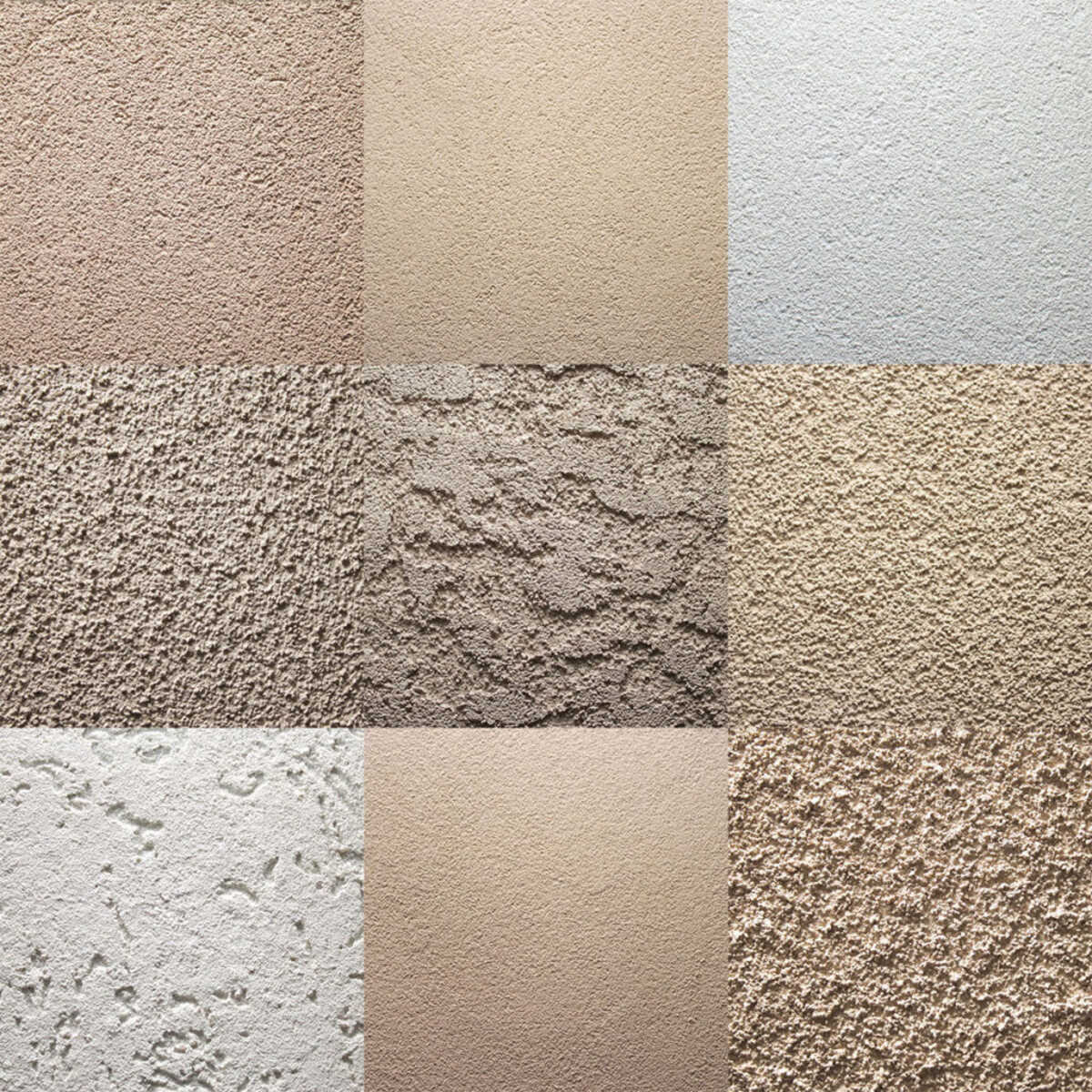
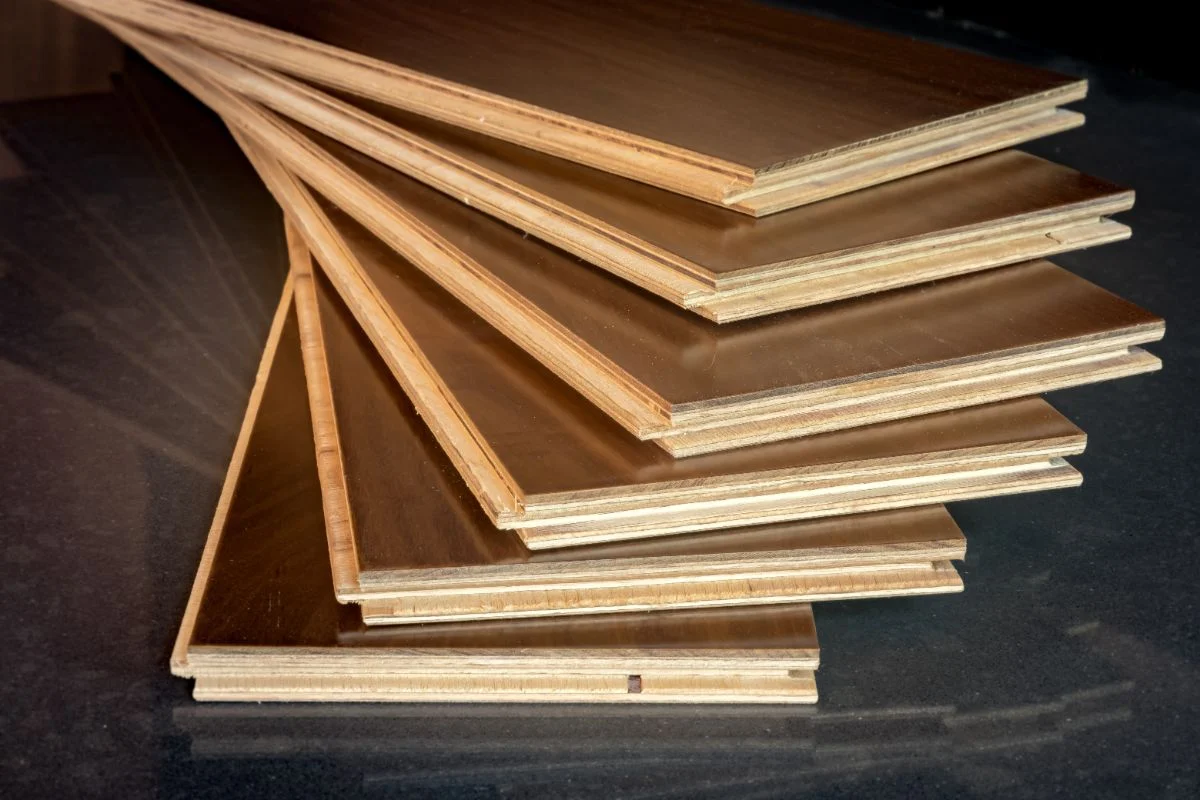

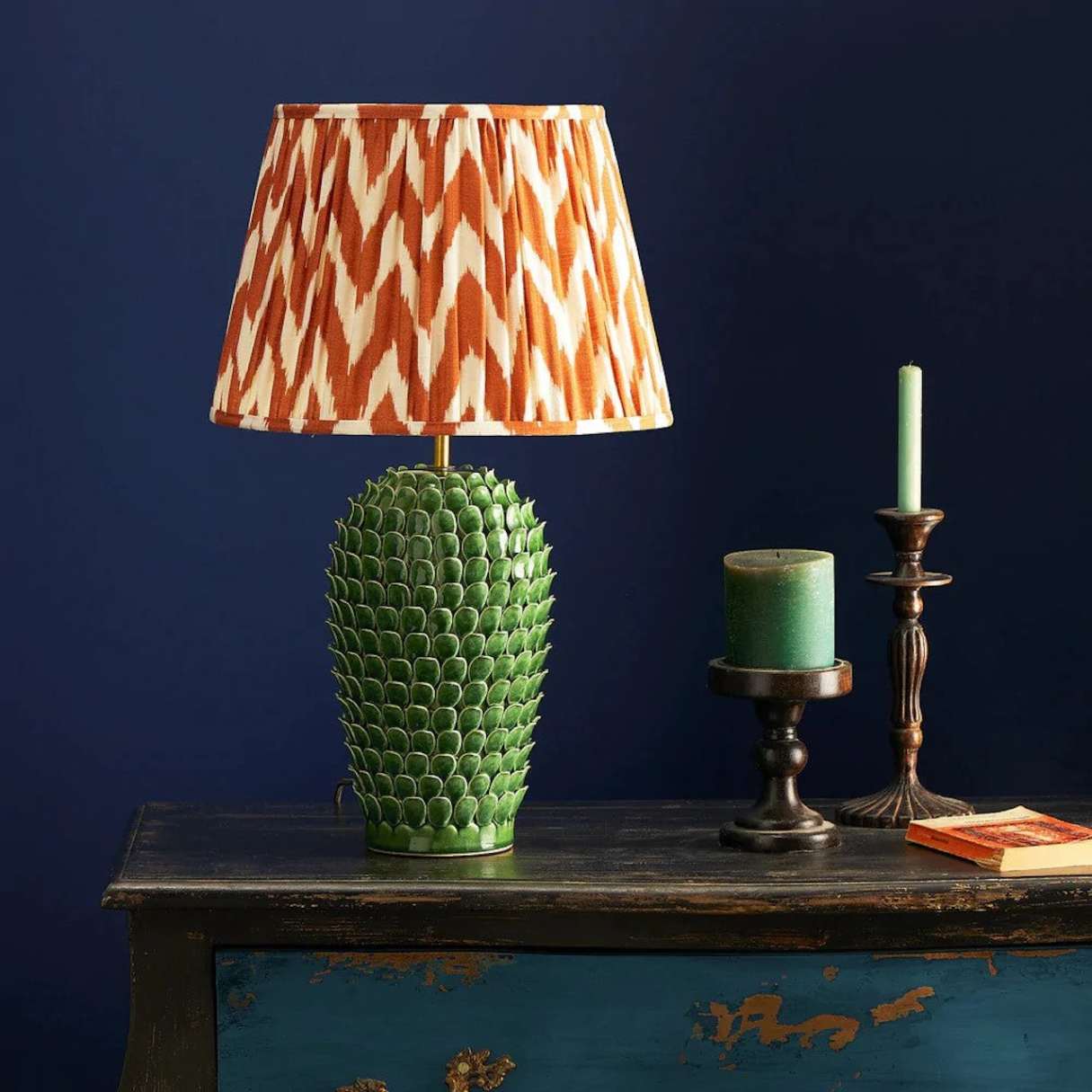
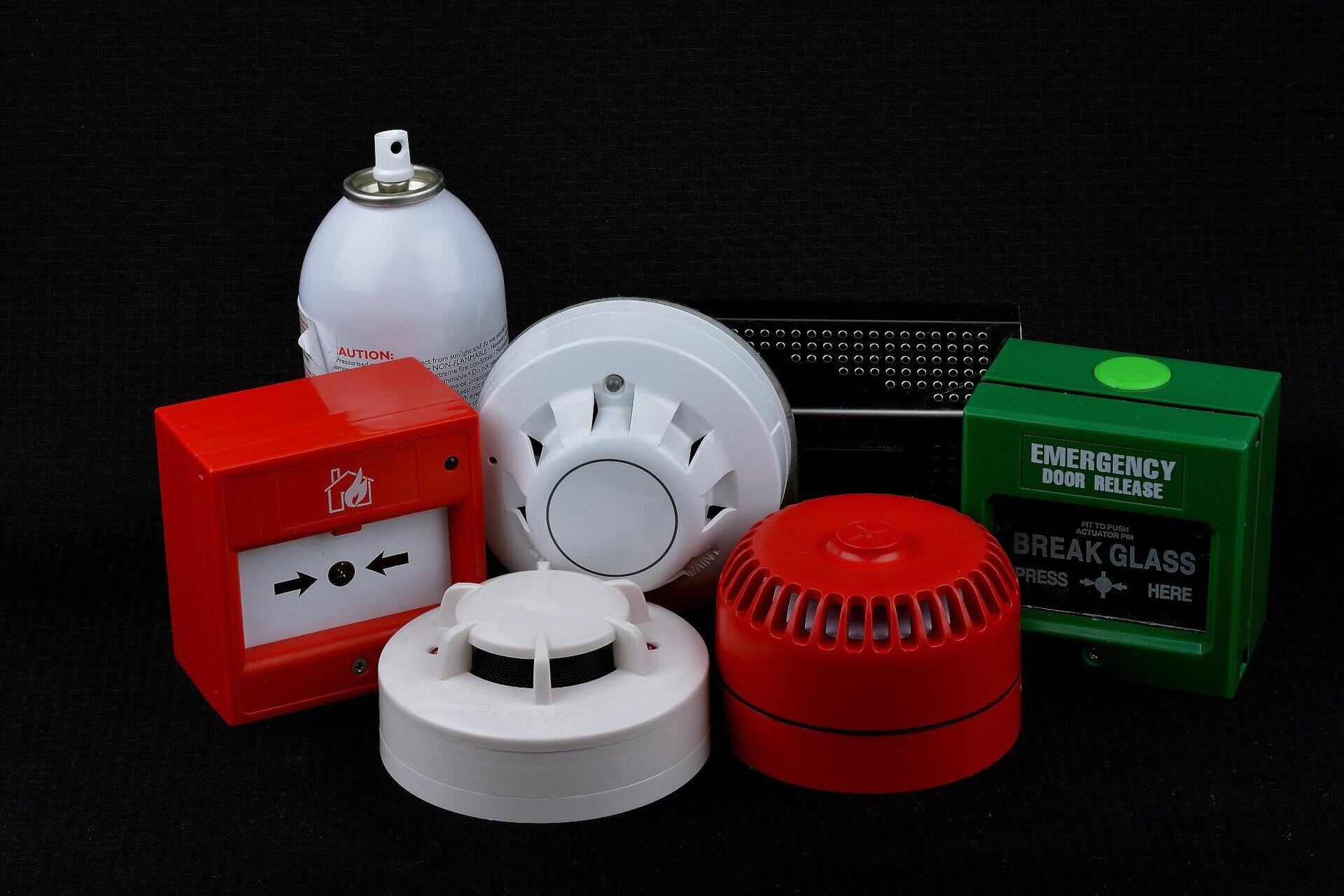
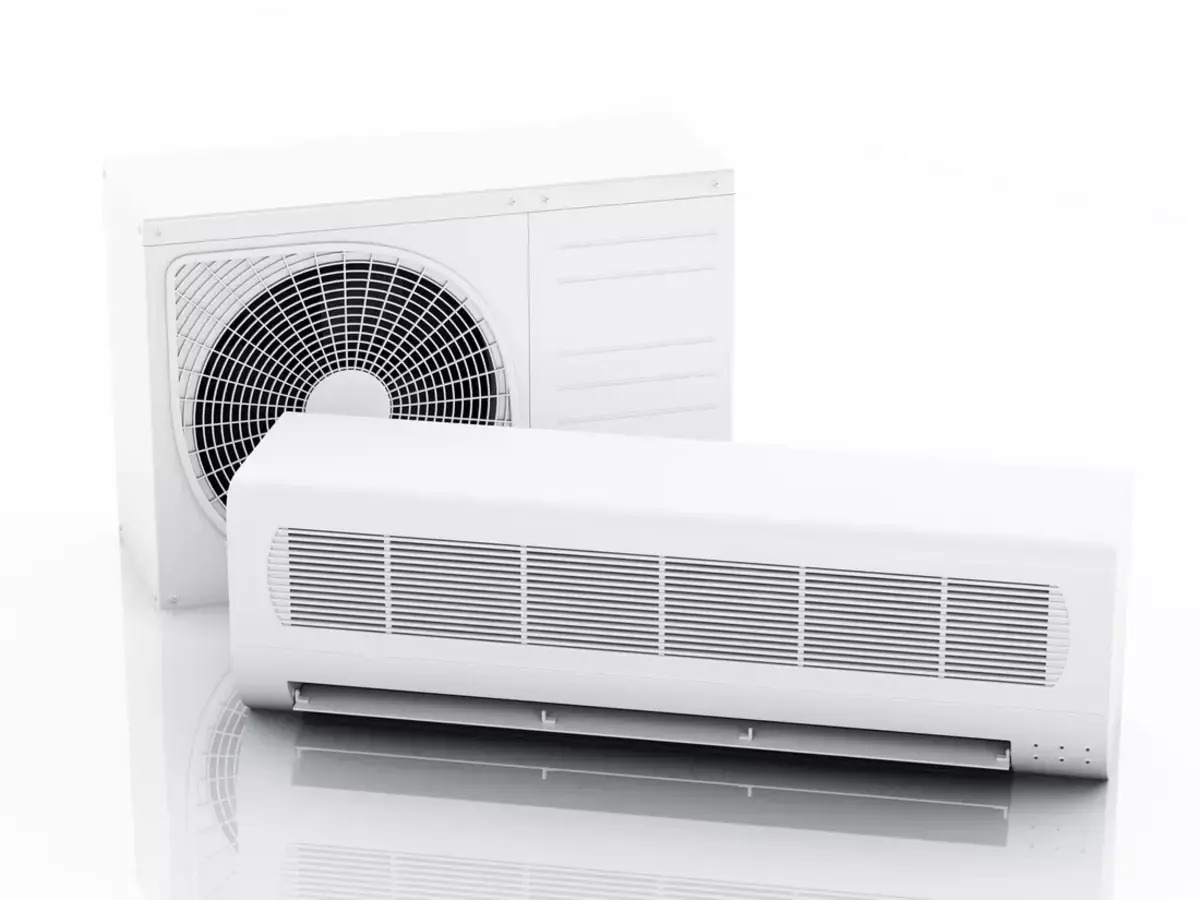
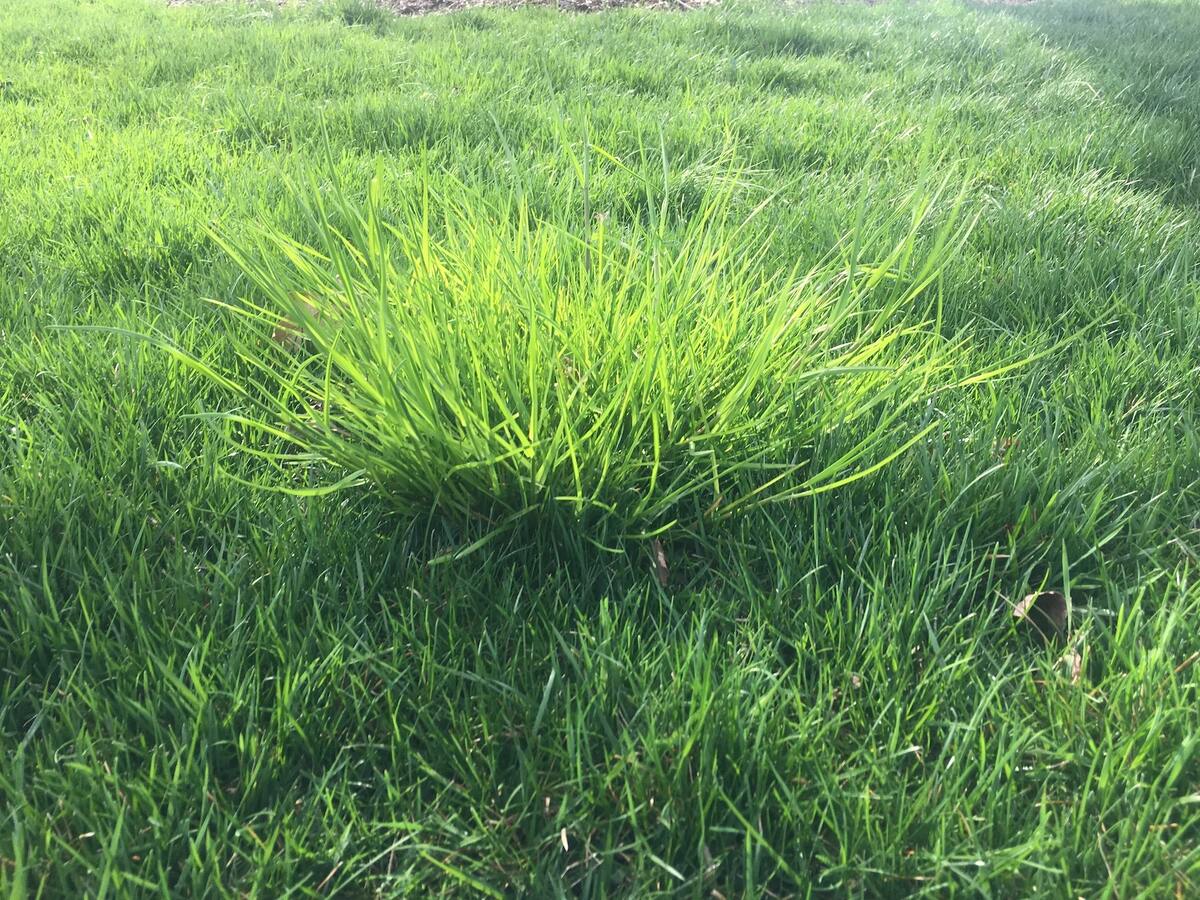
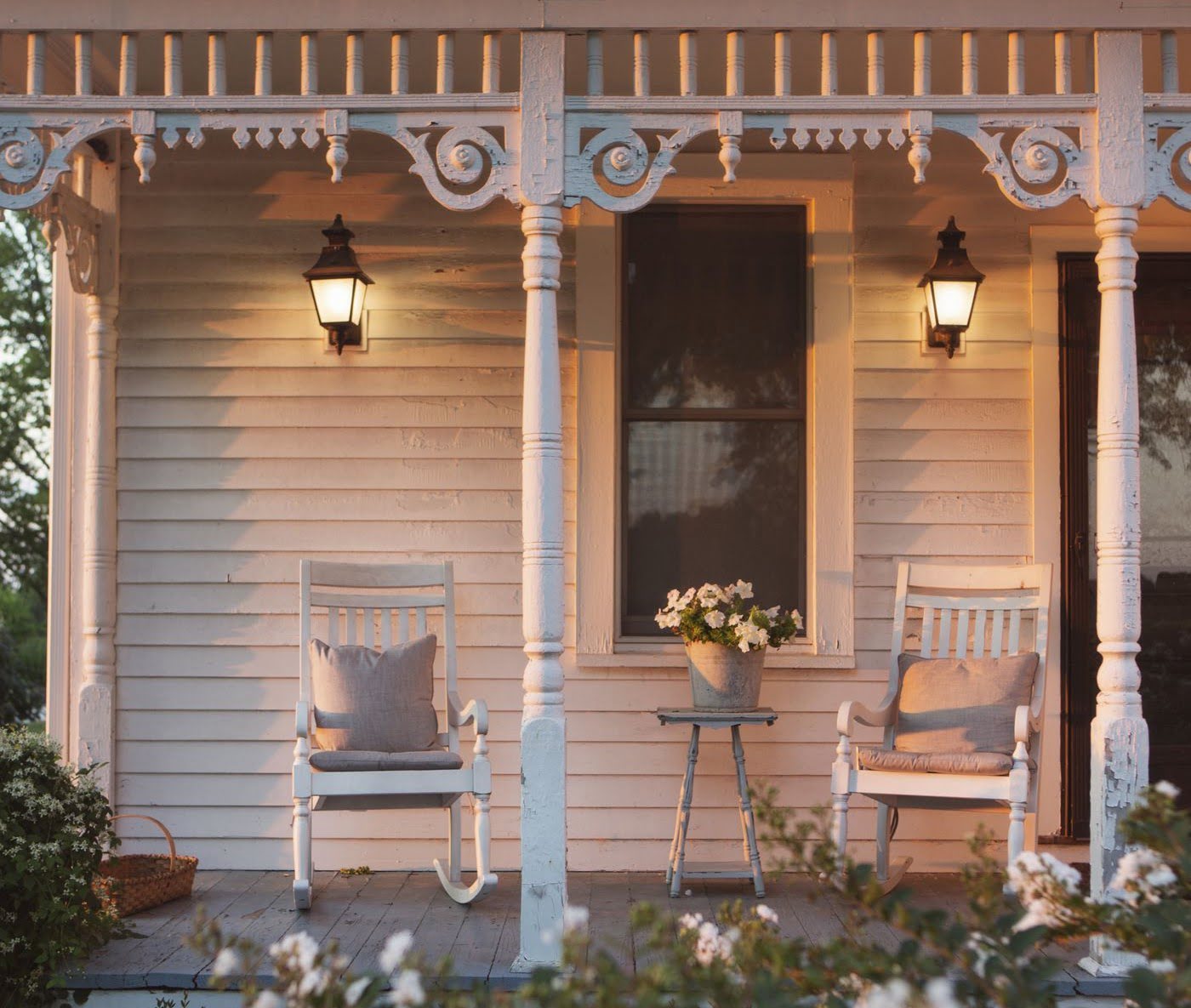
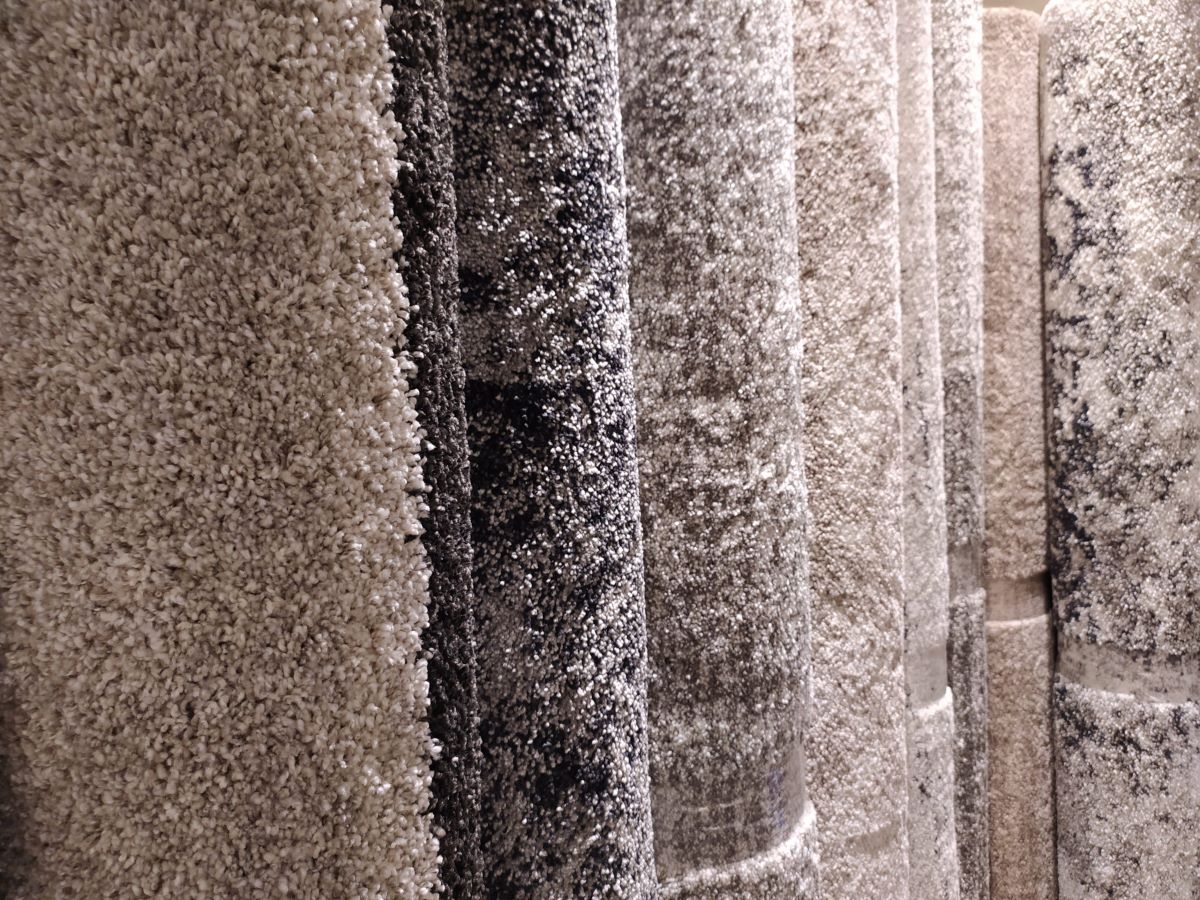
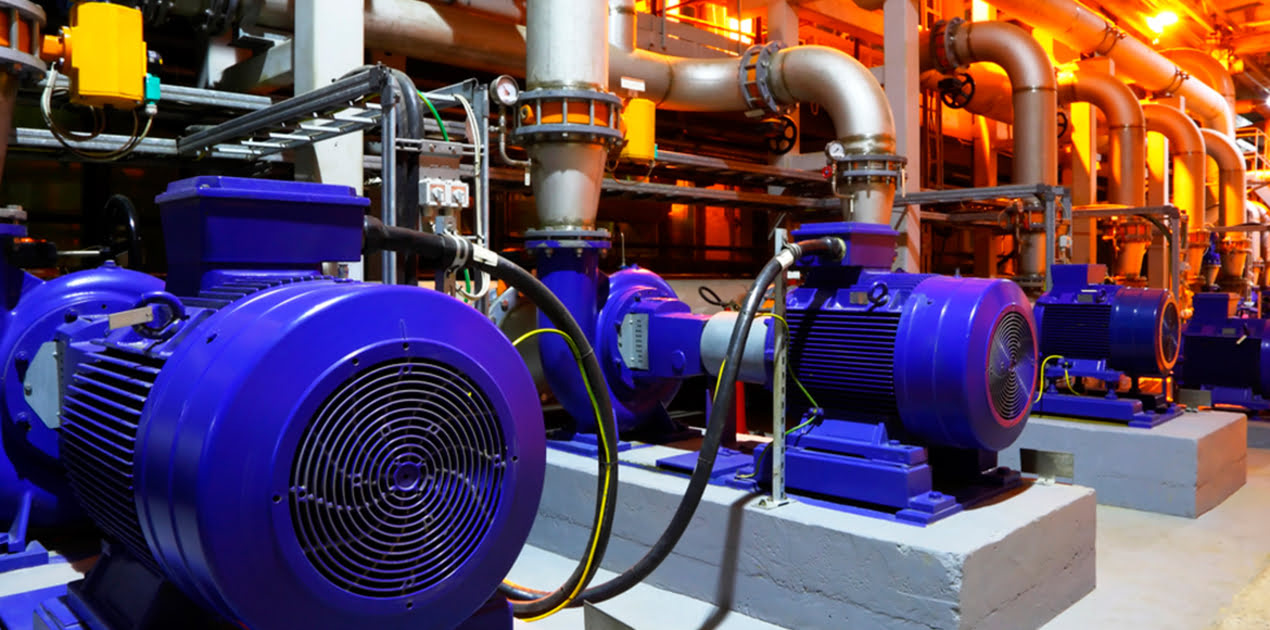

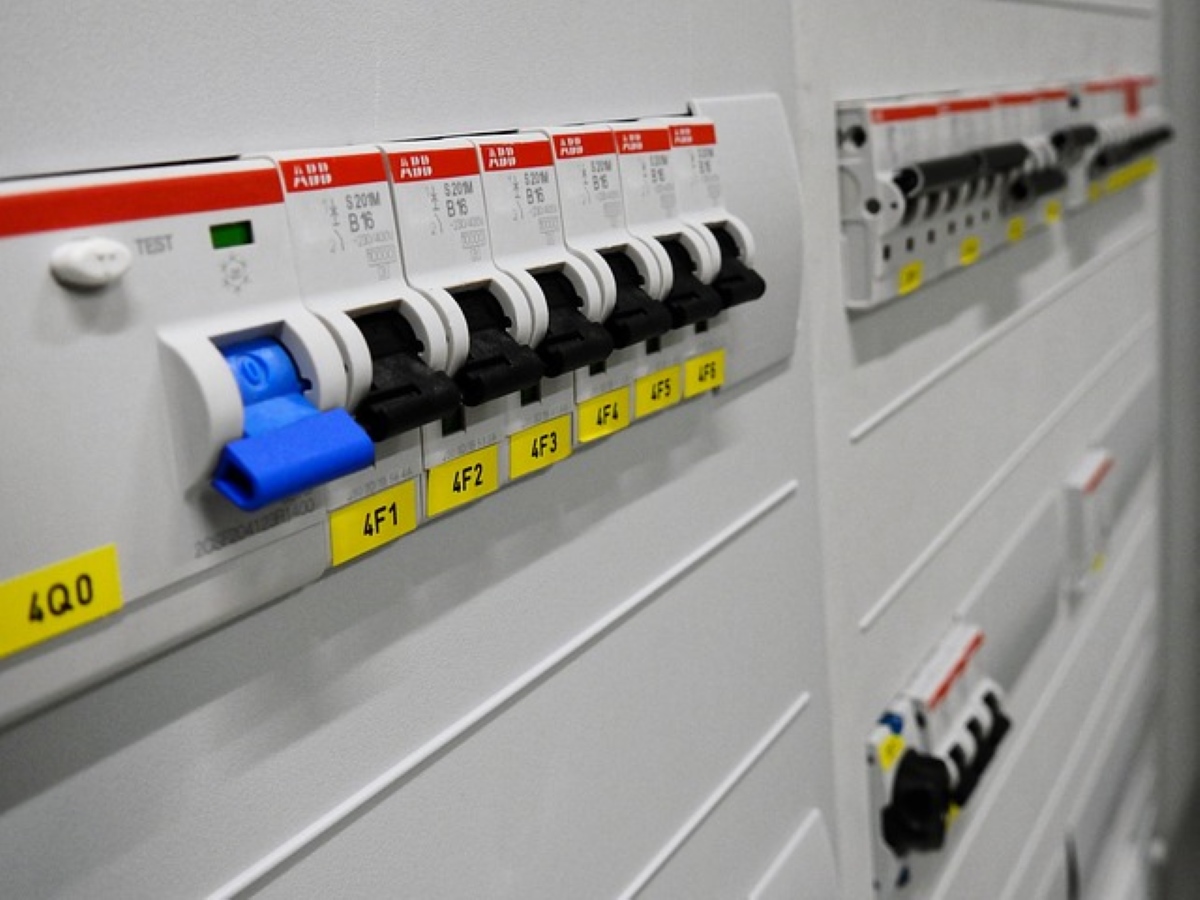
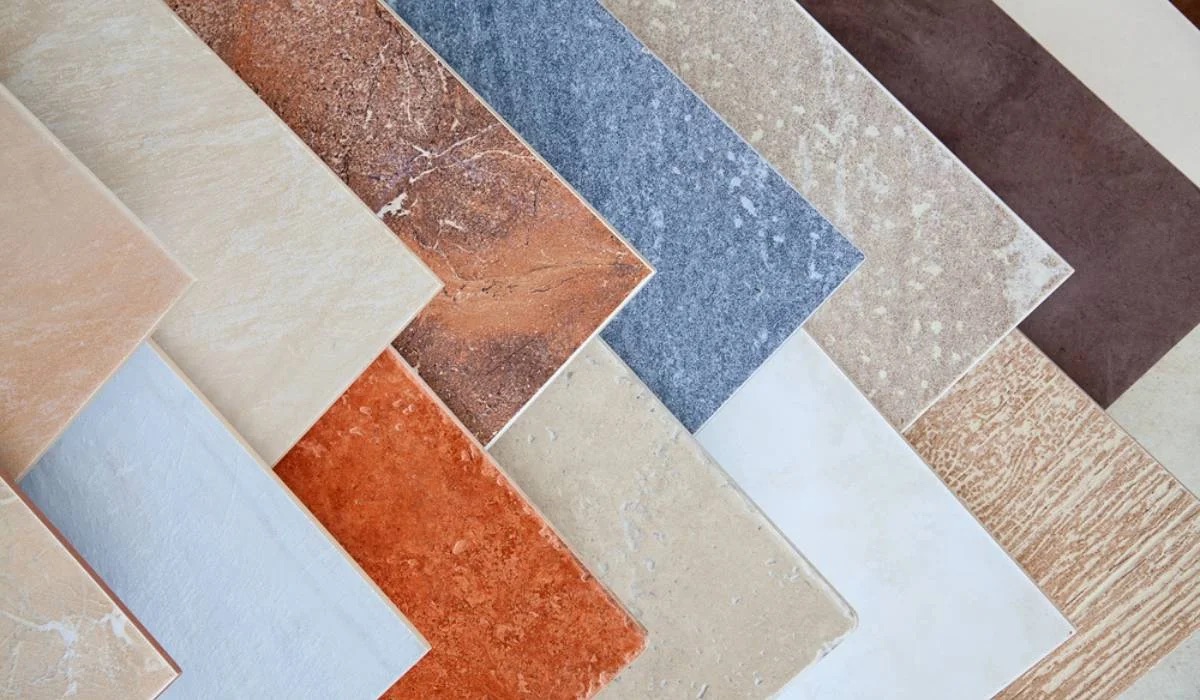
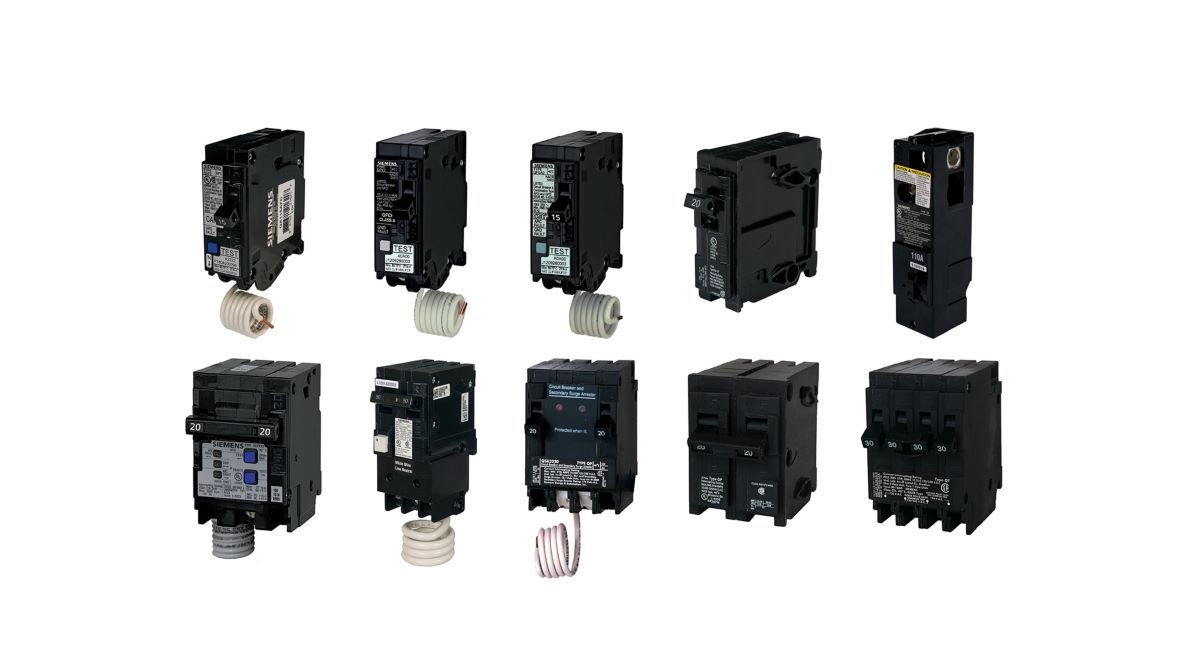

0 thoughts on “What Are The Different Types Of Gutters”